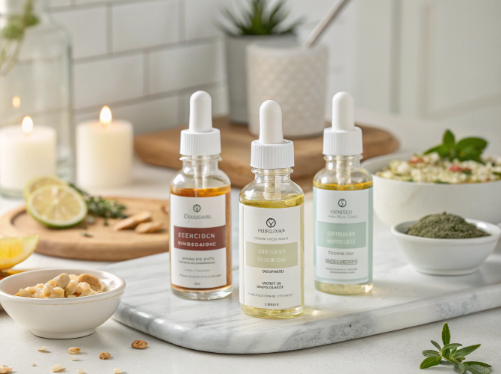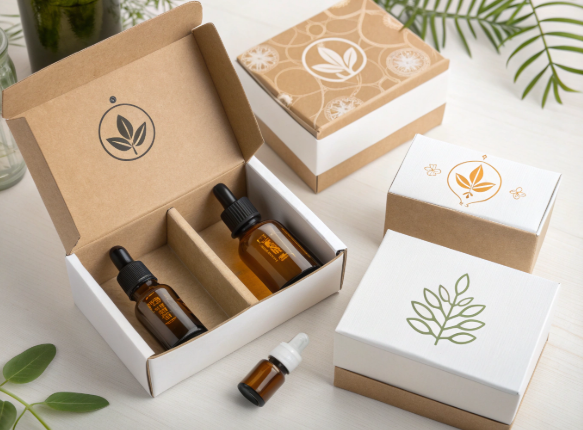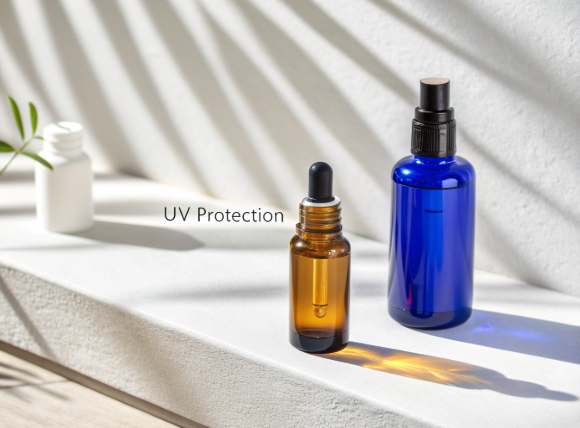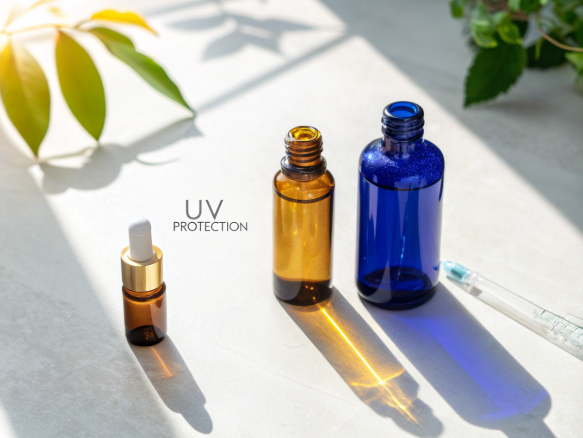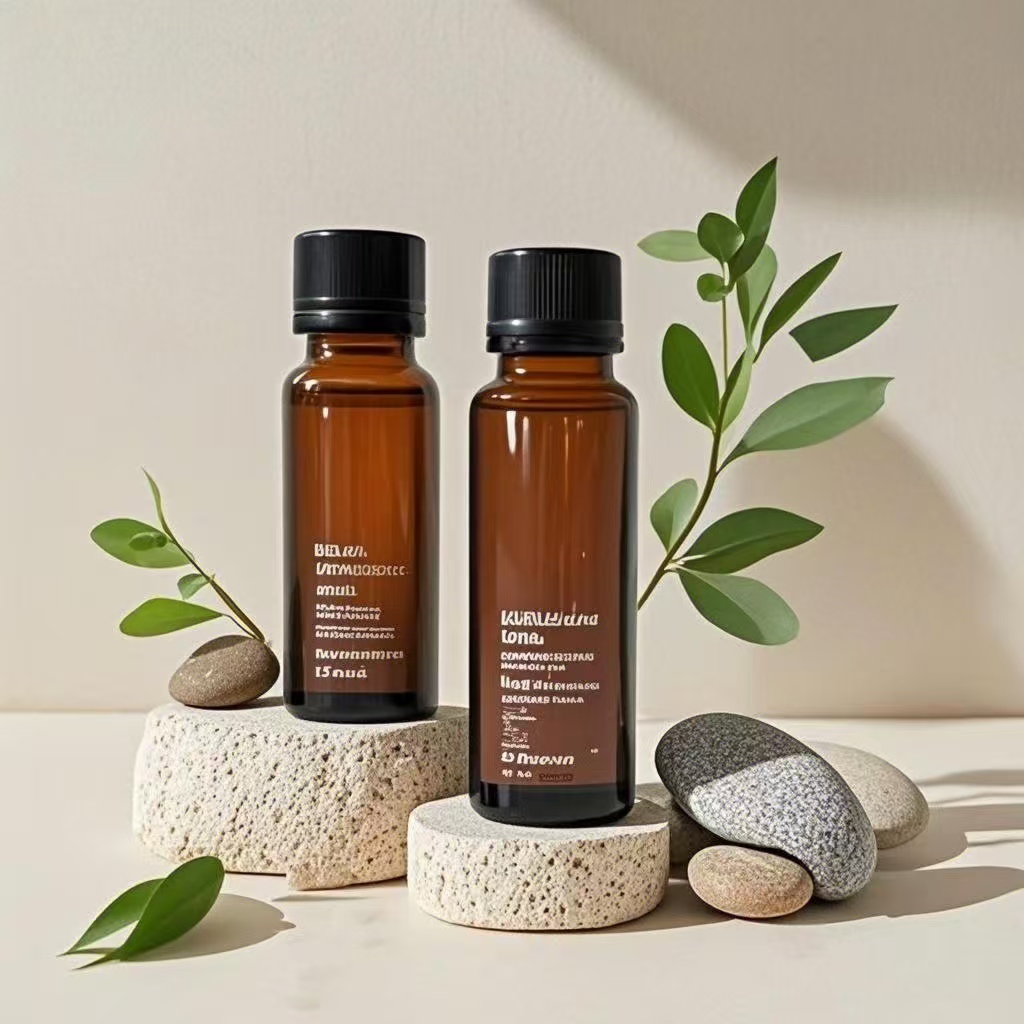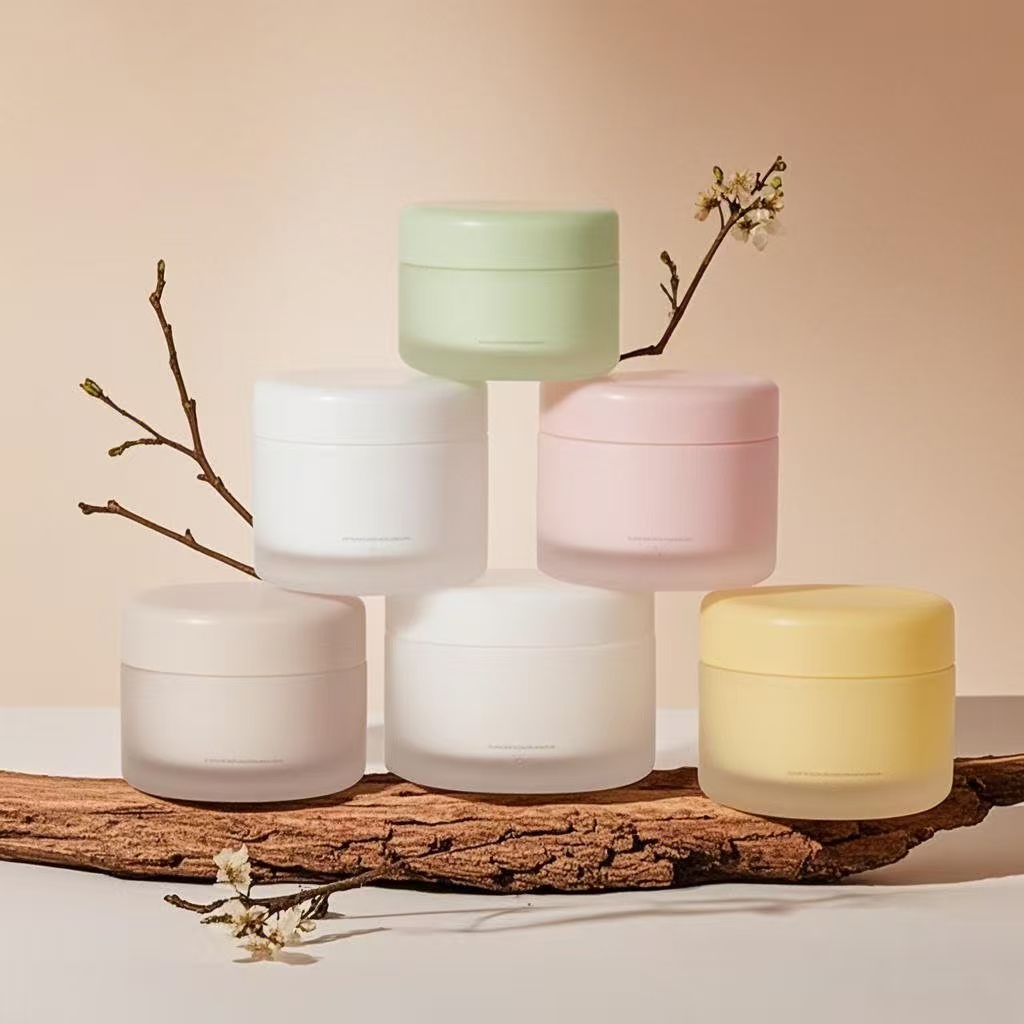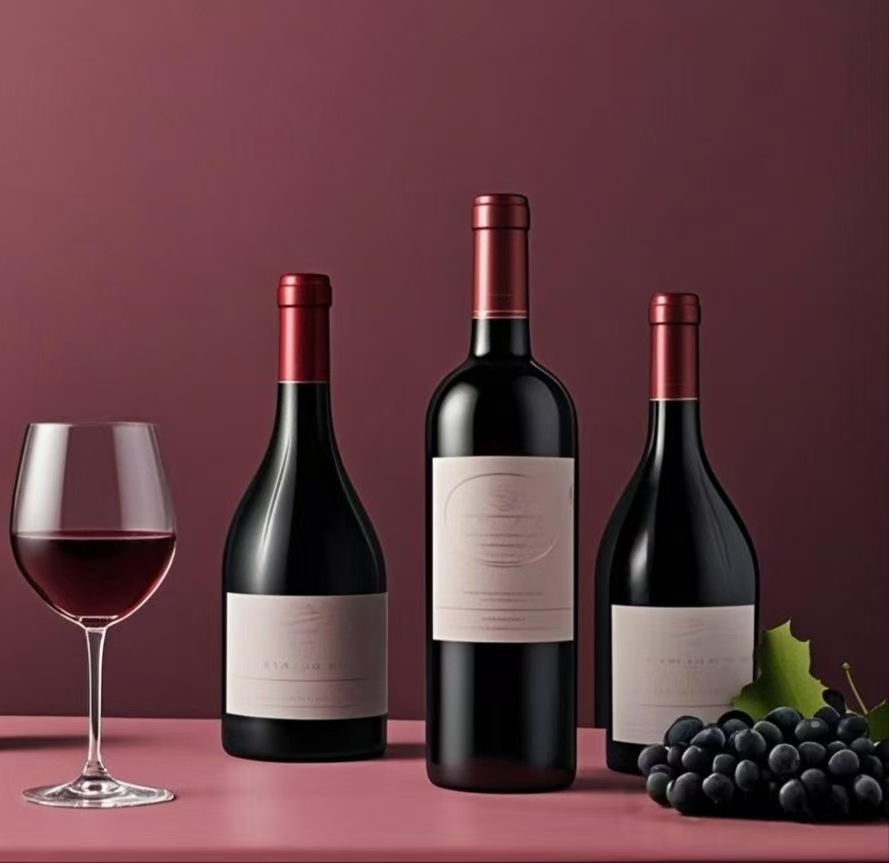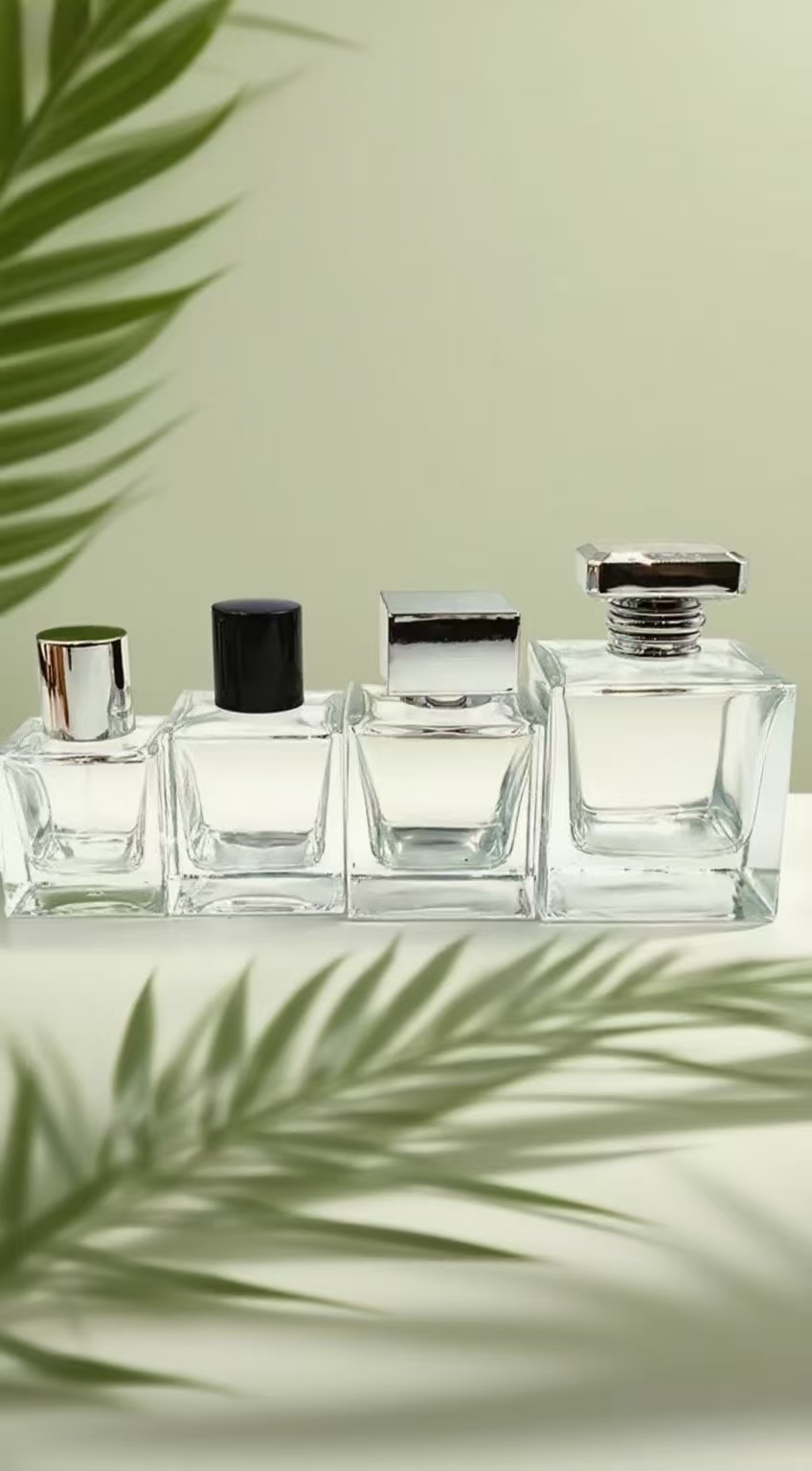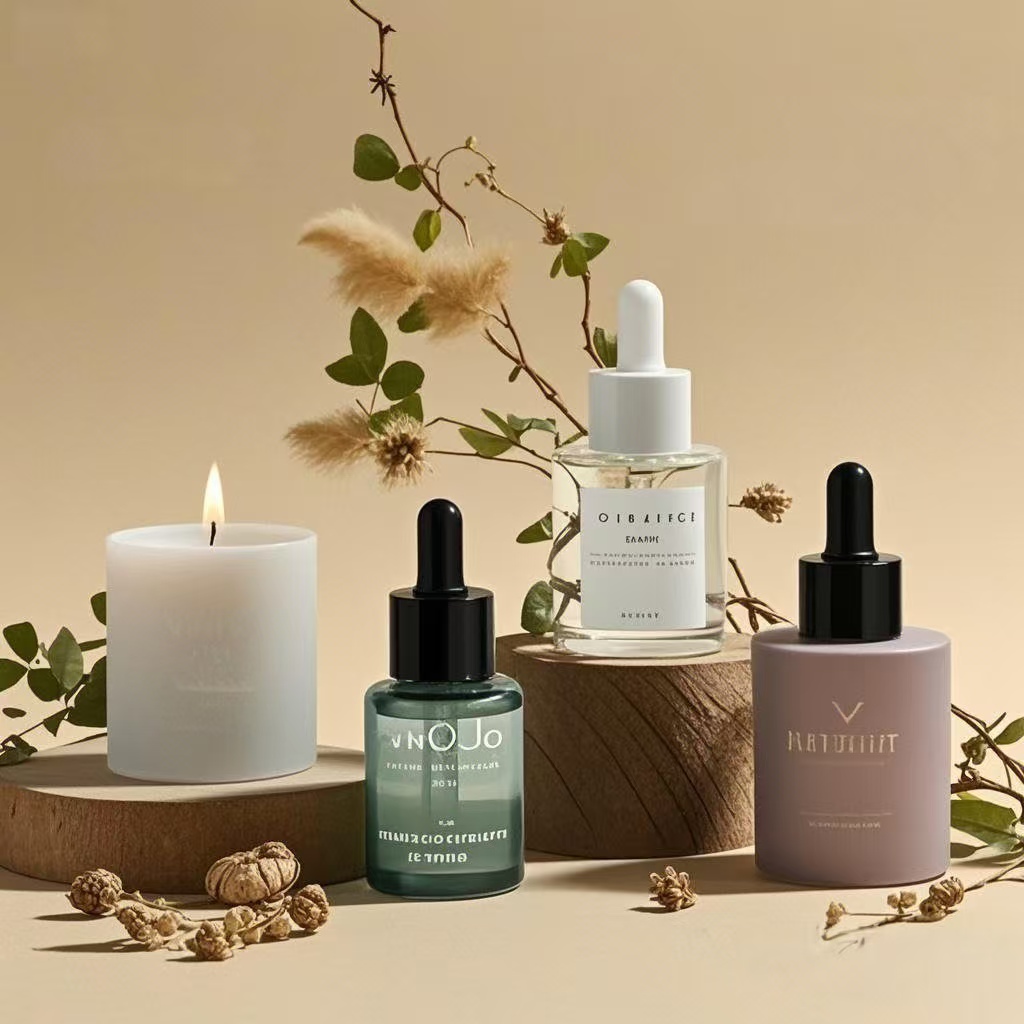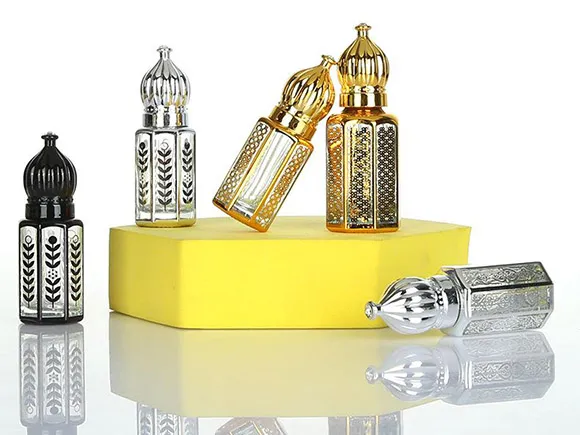Amber bottles with droppers may be standard—but custom packaging is what turns an oil into a brand.
Custom essential oil packaging refers to tailored bottle, cap, label, and box designs that reflect a brand’s identity while ensuring product safety, compliance, and shelf appeal.
At PauPack Bottles, we help beauty and wellness brands build packaging systems that not only look great—but also perform across global supply chains. Let’s explore what it means to customize your essential oil packaging—and why it matters.
What is the best packaging for essential oils?
Not all packaging protects—and even fewer elevate the customer experience.
The best packaging for essential oils includes dark glass bottles (amber or cobalt), EO-compatible caps or droppers, and airtight seals, paired with custom labels and optional outer boxes.
Packaging has to do three things:
-
Protect the oil from light, air, and heat
-
Comply with international safety and material standards
-
Communicate your brand clearly and memorably
Best-in-Class Essential Oil Packaging System
| Component | Function | Customizable Options |
|---|---|---|
| Amber Glass Bottle | UV protection, inert container | Shape, size, logo, color |
| Dropper / Reducer | Precise dosing, leak prevention | Ribbed cap, tamper-evident ring |
| Cap | Seals bottle, prevents oxidation | Bamboo collar, aluminum, matte cap |
| Label | Regulatory + branding info | Foil stamping, embossed logo |
| Box | Retail display, secondary protection | Magnetic closure, recyclable kraft |
PauPack offers low-MOQ custom solutions for indie brands, as well as full-scale OEM/ODM service for international essential oil suppliers.
What is the 30/50/20 rule for essential oils?
Custom packaging isn’t just about looks—it should support how your product is used.
The 30/50/20 rule is a formulation principle for essential oil blends: 30% top notes, 50% middle notes, and 20% base notes for balanced scent and stability.
Why does it matter for packaging? Because:
-
Top-heavy blends need leak-proof reducers (citrus oils degrade caps)
-
Heavy base blends need thicker droppers (like sandalwood)
-
Aromatic mists benefit from UV-safe glass + spray cap combinations
Example Packaging by Blend Type
| Blend Type | Bottle Type | Closure Style | Label Design Suggestion |
|---|---|---|---|
| Uplifting Citrus | 5ml amber glass | Orifice reducer cap | Bright color band, safety icons |
| Floral Calm Blend | 10ml roller | Stainless steel ball | Soft pastel label + floral motif |
| Deep Sleep Roll-on | 10ml cobalt glass | Matte black cap | White text on dark background |
At PauPack, we provide technical guidance on viscosity, evaporation rate, and packaging compatibility—so you don’t have to guess.
Are essential oils regulated in Europe?
Yes—and if you’re exporting, you need to know the rules.
Essential oils sold in the EU are regulated under REACH, CLP (Classification, Labeling and Packaging), and Cosmetics Regulation, depending on their end use.
This affects packaging in several ways:
-
Labeling must include allergens and safety pictograms
-
Glass or dropper material must be chemically inert
-
Outer packaging must protect during transit and retail exposure
EU Compliance Checklist for EO Packaging
| Requirement | Applies To | What It Means for You |
|---|---|---|
| CLP Labeling | Pure oils and blends | Signal word, pictogram, hazard code |
| Cosmetic Regulation (1223/2009) | Skin-applied EO products | Ingredient INCI names, batch no. |
| REACH Registration | ≥1 ton/year, industrial use | Only applies to high-volume importers |
PauPack has supported brands in Germany, France, and Scandinavia by providing compliant packaging layouts, allergen label templates, and material certificates (FDA, REACH, EN 13432).
What kind of plastic is safe for essential oils?
Not all “plastic-safe” claims hold up under heat, citrus oils, or alcohol bases.
The only plastics safe for essential oils are high-grade polypropylene (PP), high-density polyethylene (HDPE), and PET for short-term use—each must be chemical-tested.
For long-term storage, especially of citrus, mint, or phenol-rich oils, glass is the safest and most stable option.
Plastic Materials vs EO Compatibility
| Plastic Type | EO Compatibility | Common Use in EO Packaging |
|---|---|---|
| PET | ⚠️ Short-term | Outer bottles, retail sprays |
| HDPE | ✅ Good | Bulk carrier oil bottles |
| PP | ✅ Very good | Dropper caps, reducer inserts |
| PVC | ❌ Unsafe | Not suitable for any EO use |
At PauPack, we supply plastic caps and orifice reducers that are EO-tested and stability verified—especially for citrus-heavy formulations.
Conclusion
Custom essential oil packaging isn’t just about branding. It’s about matching material, method, and message—with the regulations, customers, and chemistry in mind.
With the right bottle, cap, and label—you don’t just package oil. You package trust.



